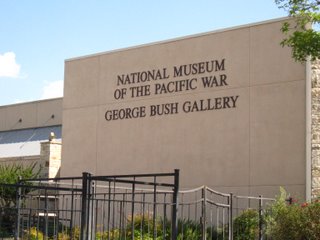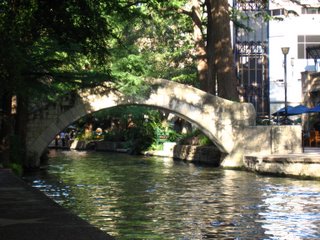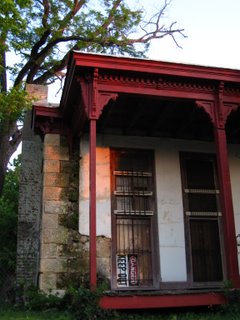Operation Keep You Safe
Violent crime is on the increase in South Central Austin. The safety of the public is the Austin Police Department's number one priority. To keep individuals from being a victim of robbery or aggravated assault, we are launching Operation "Keep You Safe."
The East Riverside area is home to a large concentration of bars establishments that sell alcoholic beverages. As a result, violent criminals have been drawn to the area to prey on intoxicated patrons after they leave these establishments.
To combat violent crime, a zero tolerance approach for public intoxication for the East Riverside area will be taken by the APD. By arresting intoxicated individuals, APD hopes to significantly reduce the opportunity for violent crime.
APD hopes that responsible drinkers will rely on moderate consumption of alcohol, designated drivers, or public transportation to arrive home safely. Information on outreach programs for substance or alcohol abuse problems can be found by calling the hotline number, (512) 472-HELP.




















